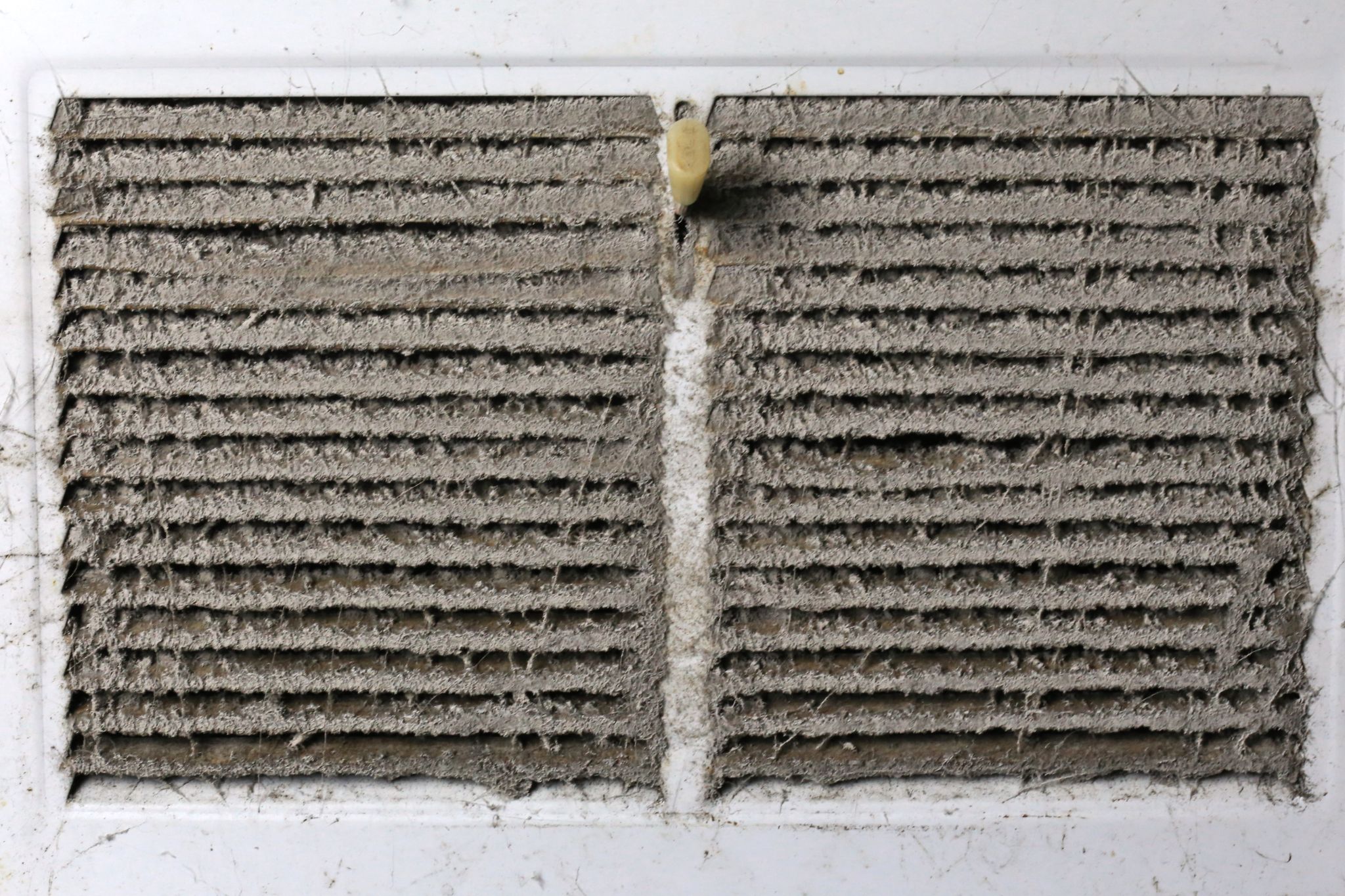If your house has notoriously cold spots in winter or warm rooms in summer — even when your HVAC is working fine — your ductwork may be the culprit.
Twists and turns in ducts and long spans of ductwork can restrict air flow. While some parts of your house seem cozy, others may have too little heat or cool air from your HVAC system.
The problem is usually worse in older homes. That's because the ducts just weren’t designed to handle modern heating and cooling systems.
How Booster Fans Help
Booster fans are add-ons that help move air through ducts. While inline duct and register booster fans won't cure underlying defects, they can “boost” air flow. That increases the amount of cold and warm air that makes it to a room.
First, Check the Basics
Inspect your HVAC system for dirty filters, peeling duct tape, and obstructed air returns. All these problems can decrease HVAC performance.
Types of HVAC Booster Fans
Register booster fans are the most economical and simplest to install. These plug-and-play units replace your existing floor, wall, or ceiling register. They mount flush to the surface, plug into the wall outlet, and feature a modest internal fan activated by the HVAC system. Some feature a thermostat and multi-speed fan.
Prices range from $30 for a basic unit up to $80 for those with digital thermostats, multi-speed fans, and remote control.
Inline duct fans are cylindrical fans that replace a section of ductwork and are quieter than register booster fans. To work on them, you have to expose your HVAC ducting. Though some units simply plug in, most are hardwired and require a relay back to the furnace that tells the unit when to switch on. You may need to hire an electrician to install them.
You’ll have to know the size and shape of your existing ductwork to pick the right-sized unit.
Count on paying $30 to $200 for an inline booster fan, plus a couple hundred dollars for the electrician.
Use Ventilation for Better Health
Functional updates like duct maintenance and HVAC booster fans can help stabilize heating and cooling. In addition, indoor ventilation is more important than ever to decrease the spread of COVID-19, according to the Centers for Disease Control and Prevention. The CDC is offering guidance to help homeowners improve ventilation and filtration on an ongoing basis.
10 Tips from the CDC
- Increase outdoor air ventilation when weather permits. Be cautious if you live in a highly polluted area or opening windows would create a health risk.
- Use fans to make open windows more effective. Avoid placing fans in a way that might cause contaminated air to flow directly between people.
- Increase airflow to occupied spaces.
- Turn off any demand-controlled ventilation controls that reduce air supply based on occupancy or temperature when the space is occupied. If your home’s HVAC fan operation can be controlled at the thermostat, set the fan to “on.”
- Open outdoor air dampers beyond minimum settings to reduce or eliminate HVAC air recirculation.
- Increase air filtration as high as possible without significantly reducing design airflow.
- Inspect filter housing and racks to ensure the filter fits appropriately. Check for ways to minimize the filter bypass.
- Check filters to make sure they’re within their service life and appropriately installed.
- Inspect and maintain local exhaust ventilation in kitchens and cooking areas. Operate the systems when these spaces are occupied.
- Consider portable high-efficiency particulate air fan/filtration systems. They support air cleaning, especially in areas frequently occupied by people at high risk of COVID-19.
What You Need to Consider
Your decision about functional and health care-driven changes may come down to budget. Adding returns or installing a thermostatically controlled zone system will do a better job than booster fans, but they are more expensive, explains Tom Hutchinson, president of Hutchinson Plumbing Heating Cooling.
For ventilation, scientists are developing effective, advanced technology like bipolar ionization. But these systems aren't affordable or widely available yet.
For answers to questions or guidance on options, an electrician or HVAC pro can provide details and costs.
Related:
